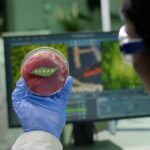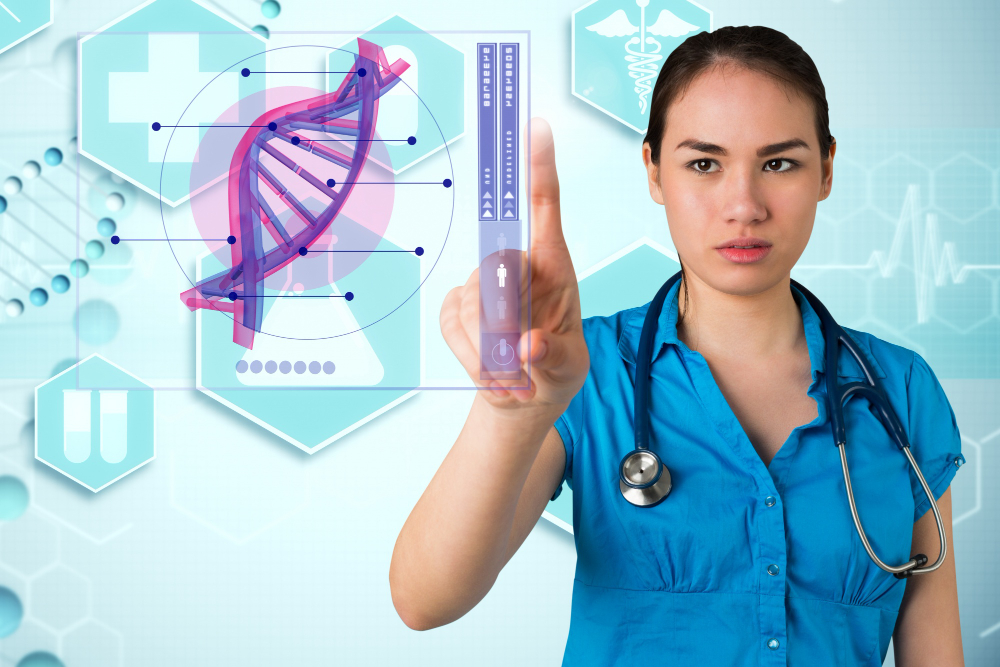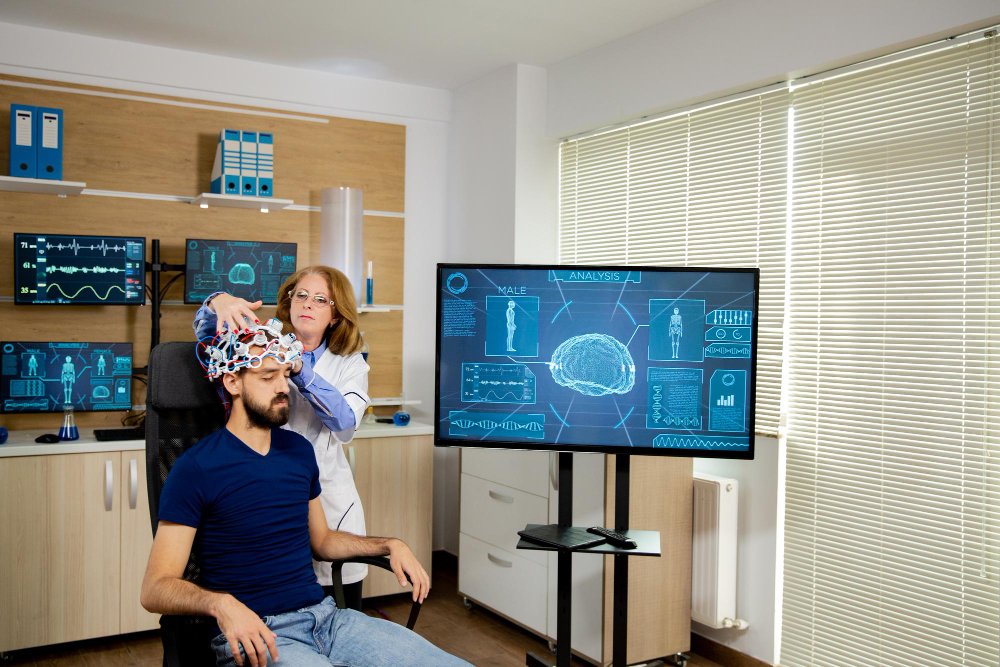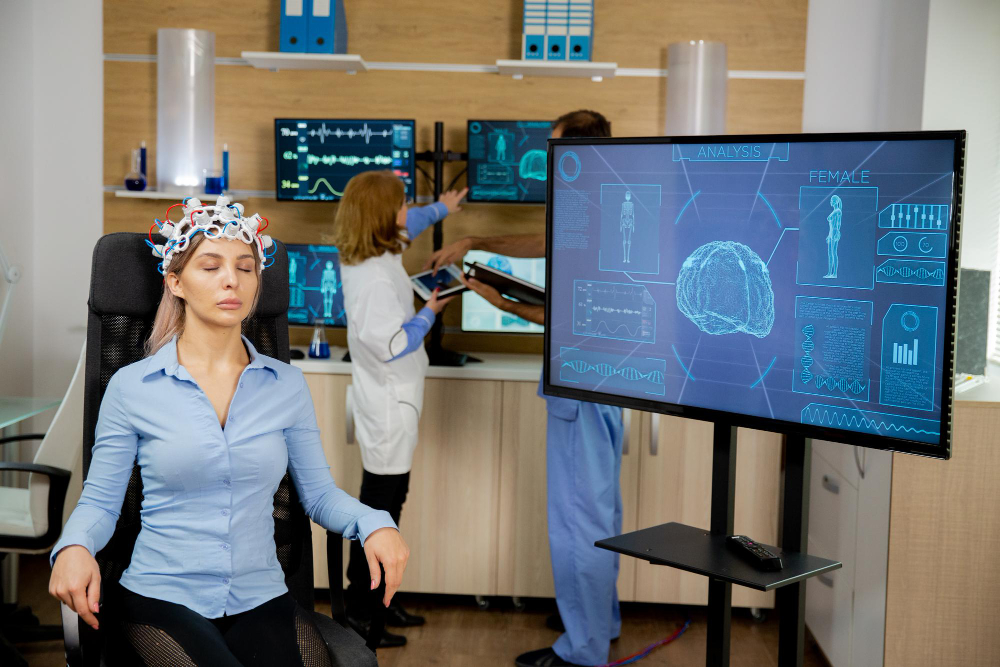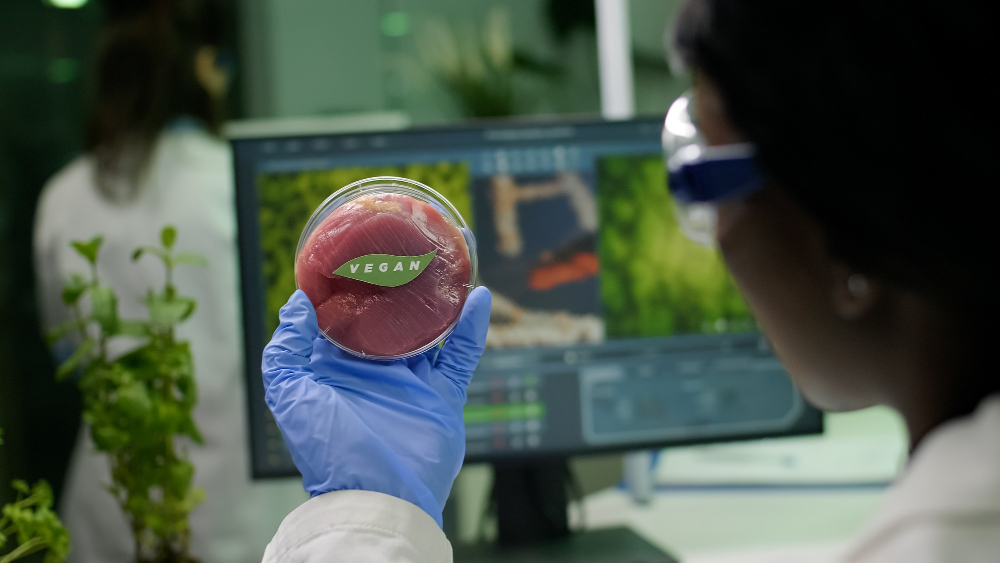How Bioinformatics Is Revolutionizing Modern Medicine and Drug Discovery
In the digital age of healthcare, data is as vital as the stethoscope once was. Every heartbeat, DNA sequence, and cell reaction generates a wealth of biological information — and managing it requires an entirely new field of science: bioinformatics.
Bioinformatics combines biology, computer science, and statistics to analyze complex biological data. From decoding the human genome to designing life-saving drugs, this field is reshaping how doctors, scientists, and pharmaceutical companies understand the human body and treat disease.
Let’s explore how bioinformatics is transforming modern medicine and accelerating the future of drug discovery.
1. What Is Bioinformatics?
Bioinformatics is the science of collecting, storing, analyzing, and interpreting biological data using computational tools.
It bridges the gap between biology and technology, helping researchers make sense of vast datasets generated by genomics, proteomics, and other modern lab techniques.
Key Components
- Data Collection: From DNA sequencing and molecular imaging.
- Data Analysis: Using algorithms and statistical models.
- Data Interpretation: Translating raw information into medical insight.
At its core, bioinformatics enables scientists to uncover the hidden patterns in life’s code — DNA — that define health, disease, and drug response.
2. The Data Revolution in Medicine
Modern medicine generates enormous amounts of biological data daily.
Sources of Biomedical Data
- Genomics: Whole genome sequencing of humans and pathogens.
- Proteomics: Study of all proteins in a cell or organism.
- Transcriptomics: Gene expression analysis.
- Metabolomics: Chemical fingerprints of cellular metabolism.
Without bioinformatics, this flood of data would be impossible to interpret. Computational biology platforms convert this chaos into meaningful insights — revealing disease mechanisms, identifying new biomarkers, and accelerating drug discovery.
3. Genomics and Personalized Medicine
Bioinformatics plays a critical role in personalized medicine, where treatment is tailored to each individual’s genetic makeup.
How It Works
- Sequencing a patient’s genome identifies mutations linked to disease.
- Algorithms compare genetic data with vast databases to predict drug response.
- Doctors then choose customized treatments with maximum effectiveness and minimal side effects.
For example, patients with specific BRCA gene mutations can receive targeted therapies for breast and ovarian cancer, while others benefit from gene-based adjustments to medication dosage.
Through bioinformatics, the “one-size-fits-all” approach to medicine is becoming obsolete.
4. Predicting and Preventing Disease
Bioinformatics doesn’t just treat disease — it helps predict and prevent it.
By analyzing genetic data and medical histories, algorithms can detect disease risk patterns long before symptoms appear.
Examples
- Genetic screening for hereditary diseases like cystic fibrosis or Huntington’s.
- Early cancer detection using bioinformatic biomarkers.
- Predictive models for cardiovascular and neurodegenerative disorders.
These insights allow doctors to take preventive action, guiding patients toward lifestyle changes or medical monitoring that can stop illness in its tracks.
5. Accelerating Drug Discovery and Development
Developing a new drug traditionally takes over 10 years and billions of dollars. Bioinformatics is changing that.
By using computational models, researchers can now simulate biological processes, identify potential drug targets, and test molecules virtually before entering costly lab trials.
Stages Where Bioinformatics Plays a Role
- Target Identification: Finding disease-related genes or proteins.
- Molecular Modeling: Predicting how drugs interact with biological targets.
- Virtual Screening: Testing millions of compounds in silico (on computers).
- Clinical Trial Optimization: Using genetic data to select ideal participants.
This data-driven approach dramatically reduces time, cost, and risk — bringing new medicines to patients faster.
6. The Power of AI and Machine Learning in Bioinformatics
Artificial intelligence (AI) is amplifying the power of bioinformatics. Machine learning algorithms can analyze terabytes of biological data to find patterns invisible to the human eye.
Applications
- Drug Discovery: AI models predict molecule behavior and side effects.
- Genomics: Deep learning identifies mutations and disease links.
- Medical Imaging: AI-integrated bioinformatics improves diagnosis accuracy.
- Epidemiology: Predicting viral outbreaks and mutation patterns.
For example, during the COVID-19 pandemic, bioinformatics tools helped identify the virus’s genome in record time, enabling the rapid development of mRNA vaccines.
7. Bioinformatics in Cancer Research
Cancer is a genetic disease — and bioinformatics has become an essential weapon in the fight against it.
How It Helps
- Tumor profiling: Analyzing mutations to determine cancer subtype.
- Biomarker discovery: Finding molecular “signatures” for early detection.
- Therapy design: Matching drugs to the genetic profile of each tumor.
- Drug resistance prediction: Understanding how cancer evolves to evade treatment.
Through these insights, precision oncology is emerging — where each cancer patient receives a treatment uniquely suited to their tumor’s genetic blueprint.
8. The Role of Big Data and Cloud Computing
With modern sequencing generating petabytes of data, storage and computation are major challenges.
Solutions
- Cloud-based bioinformatics platforms (like Google Cloud Genomics and AWS Bioinformatics) allow global collaboration.
- Data integration frameworks connect genomics, proteomics, and clinical data into a single analysis pipeline.
- Real-time analytics enable researchers to visualize complex biological interactions instantly.
This infrastructure forms the digital backbone of modern biomedicine — turning raw data into actionable discoveries.
9. Bioinformatics and Synthetic Biology
Synthetic biology — the design of new biological parts and organisms — depends heavily on bioinformatics.
Applications
- Designing genetic circuits for biotech and pharmaceuticals.
- Engineering microbes that produce biofuels or therapeutic compounds.
- Simulating biological pathways before lab synthesis.
In essence, bioinformatics acts as the “blueprint engine” of synthetic biology, guiding scientists to create life forms optimized for specific purposes.
10. Ethical and Data Privacy Challenges
As with any technology that handles genetic and medical data, bioinformatics raises significant ethical concerns.
Key Issues
- Genetic privacy: Protecting individual DNA information from misuse.
- Data sharing: Balancing research advancement with confidentiality.
- Algorithmic bias: Ensuring AI-driven predictions remain fair and inclusive.
Organizations like the World Health Organization (WHO) and NIH are developing global guidelines for responsible genomic data use — ensuring innovation doesn’t compromise ethics.
11. Real-World Success Stories
1. The Human Genome Project
Bioinformatics enabled scientists to map the entire human genome — a milestone that laid the foundation for personalized medicine.
2. COVID-19 Vaccine Development
Bioinformatics tools helped sequence and analyze the SARS-CoV-2 genome, speeding up vaccine creation within months.
3. Cancer Genomics Initiatives
Projects like The Cancer Genome Atlas (TCGA) are using bioinformatics to classify and understand hundreds of cancer types.
4. Drug Design Platforms
Pharma companies like Pfizer, Moderna, and Novartis now use AI-driven bioinformatics to design, test, and refine new drugs faster than ever.
12. The Future — A Data-Driven Healthcare Revolution
In the next decade, bioinformatics will make medicine more predictive, personalized, and precise.
Predicted Trends
- Real-time genomic analysis during medical procedures.
- AI-driven disease forecasting and prevention models.
- Digital twins of patients for personalized treatment simulation.
- Integration of genomics, proteomics, and microbiome data into one comprehensive health profile.
Medicine will soon rely on algorithms as much as stethoscopes — guided by the data that defines life itself.
Conclusion
Bioinformatics is more than a scientific discipline — it’s the engine of the biomedical revolution. By merging biology with computing, it empowers doctors and researchers to understand disease at its deepest level, predict outcomes with accuracy, and design treatments faster than ever imagined.
From decoding DNA to discovering new drugs, bioinformatics is turning data into cures — and transforming how humanity heals itself.
The medicine of tomorrow is already here — and it’s powered by information.





